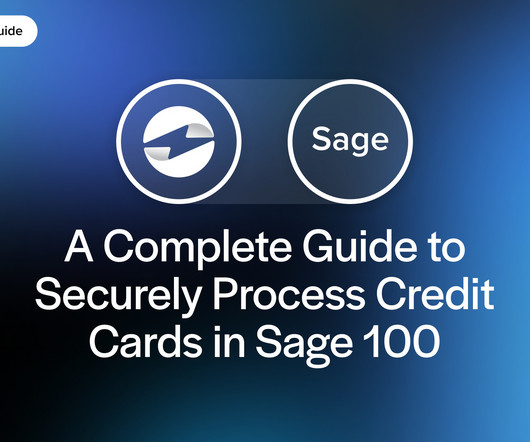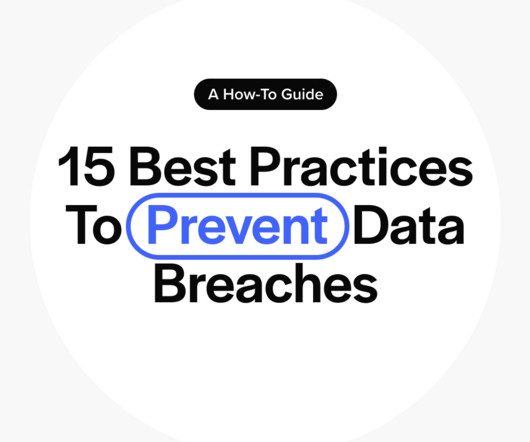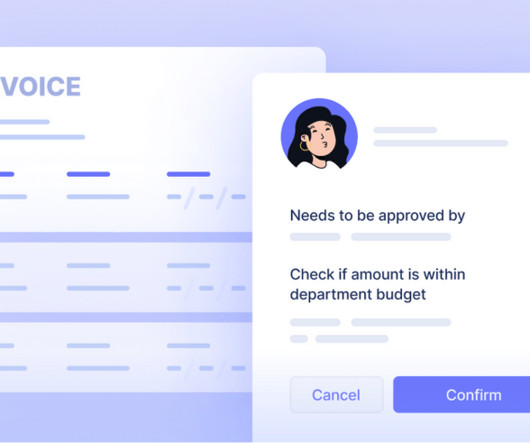PCI DSS Requirement 3 – Changes from v3.2.1 to v4.0 Explained
VISTA InfoSec
JANUARY 22, 2024
It boils down to minimizing the risk of data breaches and maximizing the security of cardholder information. This is achieved through a multi-pronged approach: Data Encryption: Requirement 3 mandates the use of strong cryptographic controls such as encryption for stored cardholder data. PCI DSS v3.2.1 PCI DSS v4.0











Let's personalize your content